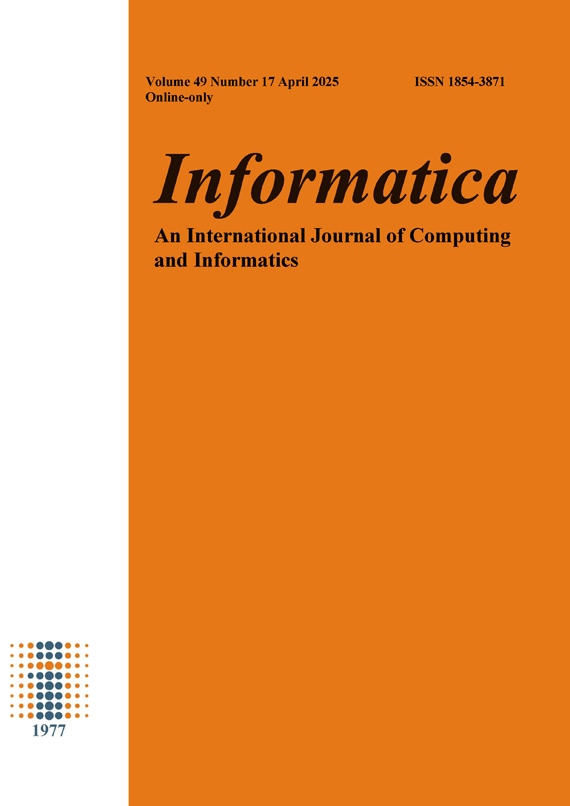A Low-Cost Robotic Assembly Method for Large Planar Workpieces Using Laser Displacement Sensors and Monocular Vision
Abstract
To address the challenges associated with large planar workpieces, such as the side window glass of a train, this paper proposes a practical, intelligent robotic assembly method that utilizes laser displacement sensors (LDSs) and monocular vision. The laser point cloud data is fitted to the equation of the plane of the side window optimally, allowing for the calculation of its plane coefficients and unit normal vector (UNV) using the Lagrange multiplier method. The robot's end flange is adjusted to ensure the camera imaging plane is along with the window plane at a specified distance. Monocular vision is employed to capture the pose features of the upper right corner of the window, facilitating a compensation method for precise assembly. The experimental results show that the robot achieved a positioning accuracy of less than 0.5mm and an orientation accuracy within 1 degree, confirming the effectiveness of the proposed method. In the experiment, the maximum displacement deviation in the X direction is about ± 0.4mm, the maximum offset in the Y and Z directions is about ± 0.3mm, the maximum rotation deviation in the X axis is about 0.6 °, and the minimum rotation deviation in the Y axis is about 0.8 °. All deviations meet the requirements of ± 1 ° attitude correction and ± 0.5mm displacement accuracy, and have good reliability. This method solves the practical problem of assembling large planar workpieces with integrated LDS and monocular vision. This technology involves using laser point cloud data to fit the precise plane equation of the window, determining alignment parameters through Lagrange multiplier method, and adjusting the posture of the end flange of the robot. Monocular vision further assists in extracting positional features, achieving precise realtime posture correction and alignment. This system proposes an effective and low-cost automation that reduces manual intervention and alleviates typical problems of remote processing of large workpieces.DOI:
https://doi.org/10.31449/inf.v49i17.7633Downloads
Additional Files
Published
How to Cite
Issue
Section
License
I assign to Informatica, An International Journal of Computing and Informatics ("Journal") the copyright in the manuscript identified above and any additional material (figures, tables, illustrations, software or other information intended for publication) submitted as part of or as a supplement to the manuscript ("Paper") in all forms and media throughout the world, in all languages, for the full term of copyright, effective when and if the article is accepted for publication. This transfer includes the right to reproduce and/or to distribute the Paper to other journals or digital libraries in electronic and online forms and systems.
I understand that I retain the rights to use the pre-prints, off-prints, accepted manuscript and published journal Paper for personal use, scholarly purposes and internal institutional use.
In certain cases, I can ask for retaining the publishing rights of the Paper. The Journal can permit or deny the request for publishing rights, to which I fully agree.
I declare that the submitted Paper is original, has been written by the stated authors and has not been published elsewhere nor is currently being considered for publication by any other journal and will not be submitted for such review while under review by this Journal. The Paper contains no material that violates proprietary rights of any other person or entity. I have obtained written permission from copyright owners for any excerpts from copyrighted works that are included and have credited the sources in my article. I have informed the co-author(s) of the terms of this publishing agreement.
Copyright © Slovenian Society Informatika










